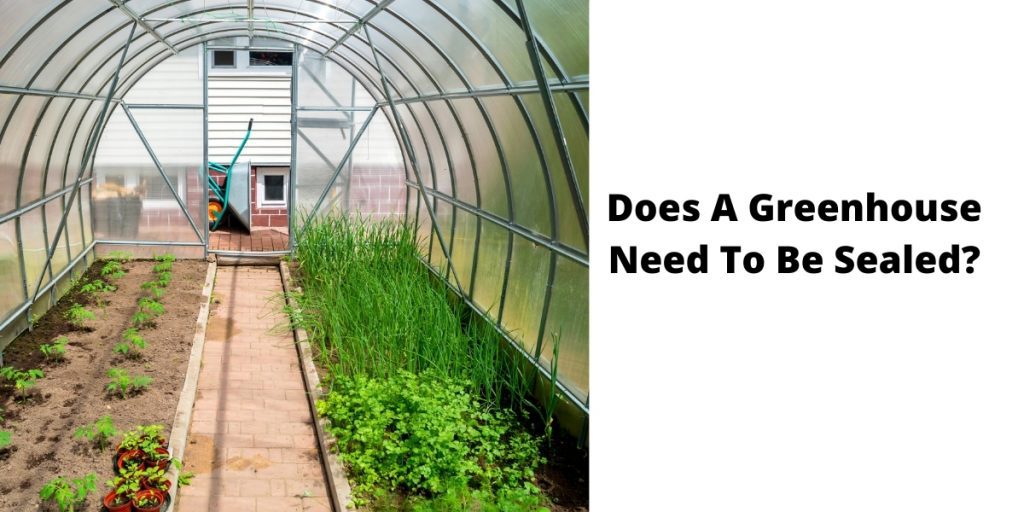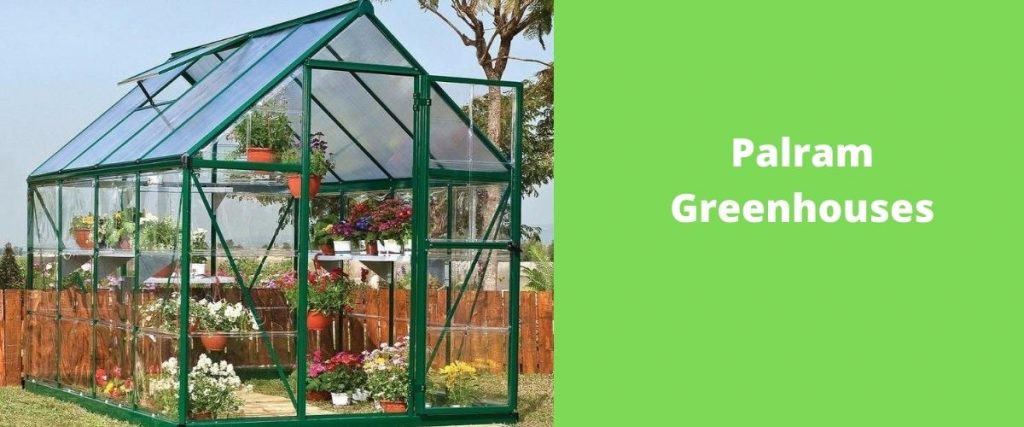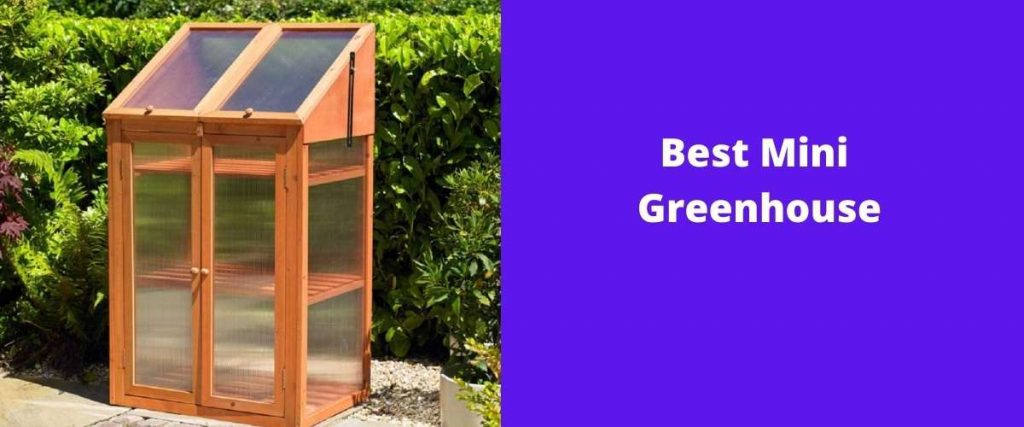Are you looking forward to growing plants and vegetation all year round without any hassle? Greenhouses fulfill the thriving conditions for fruits and vegetables by providing sensible heat and humidity. But providing enough heat won’t do much unless your greenhouse is not properly insulated. Cracks, holes, and gaps can cause heat loss, providing a severe setback in winters.
Thus, proper sealing or insulation is a must-have thing before you even think of growing some crops inside your greenhouse.


Do You Need To Seal The Greenhouse?
First things first, all the first-time growers are finding it to know whether they need to insulate the greenhouse in the first place or not? A simple explanation to this question is, yes! You need to properly seal or insulate the greenhouse as no matter what the day time temperature is, nights are going to be cold.
Thus, you don’t want to ruin your vegetation by having some cracks or holes in the greenhouse walls, but on the contrary, proper ventilation is also a must-have thing for thriving crops.
Does the explanation seem to be complicated? No worries, here are a few more reasons why you need to seal the greenhouse!
Why Is It Important To Seal A Greenhouse?
As you already know, the greenhouse traps the heat coming directly from the sunrays and ensures optimum vegetation growth all year round. But even during the summer season, the nights can get too cold.
Hence, due to these colder nights, proper insulation or sealing is required even during the blazing summer. Moreover, during winter, where the sun’s heat is not enough to maintain the temperature inside a greenhouse, insulation will minimize the heat loss through cracks and holes.
Lacking the proper insulation or seal would become a cause of heat loss and, in turn, will waste much of the energy. However, during the sealing process, make sure to leave some convertible vents which you can open for some hours during the daytime for air regulation. Otherwise, stale and humid air would make the internal environment more prone to mold growth.
How To Seal The Greenhouse?
Now you know that winters and cold summer nights can wreak havoc in a greenhouse, but sealing the open area would definitely save you efforts. Here’s how to properly seal your greenhouse.
Seal Around Panels:
Whenever you’re constructing a skull for your greenhouse, connecting the panels might leave gaps between them. These gaps would become a reason for heat loss! But using the glaze method to seal the panels with each other and propel filling up the edges would give an airtight seal.
Filling Small Cracks:
As we all know, building material, no matter what, usually expands and shrinks by the temperature. Thus, the shrinking of panels or other materials will leave holes behind, which gives a setback in growth. Therefore, silicone caulk is used to fill those gaps between the wooden frame, concrete floor, glass panels, and many more areas. Moreover, one noticeable attribute for these silicone caulks will be the durability as they last for years and withstand heat and humidity.
Seal the Door and Vents:
Doors and vents are an important part of any greenhouse as they maintain the airflow and ensure enough carbon dioxide availability for photosynthesis. But a significant drawback is the heat loss through the cracks or empty spaces in their frames. You can use foam tape around the edges and the interacting surfaces to properly seal and make them airtight. It would be a great solution despite making them close permanently.
Fill Up Large Cracks:
Caulk material can work well for the smaller holes and cracks, but larger ones will still be problematic. Thus, any crack bigger than 1/2 inch needs expandable foam. The spaces where the frames meet the foundation or around the electrical boxes can be filled by the foaming method, which flexes even during the expanding and shrinking of materials.
Conclusion:
Cold and stormy weather is not the only reason why your vegetation is not thriving. Cold summer nights can also wreak havoc in a greenhouse by causing heat loss if it’s not properly insulated. Thus, fill up the cracks and holes in the foundation, around pipes, and between glass panels to seal the areas that can cause heat and humidity loss.
The improperly insulated or sealed greenhouse is also of no use to grow crops all year round. Generally, silicone caulks, expandable foams, and duct tape is used to seal different greenhouse parts.


